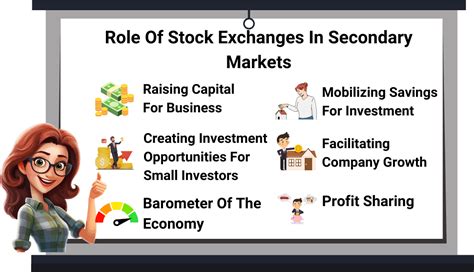Market creators’ role in Aave (Aave) trade
In the world of cryptocurrencies, market makers have become important members of the ecosystem. One such prominent player is Aave (Aave), a decentralized lending protocol, which has been drawn to both investors and traders.
Who are market makers?
Market makers, also known as liquidity providers or main brokers, act as intermediaries between buyers and sellers on cryptocurrency stock exchanges. They provide a stable price to the trafficked assets, providing both the liquidity of both supply and demand. In exchange for their services, market makers receive fees from trade activities on their platform.
Market makers role in Aave
Aave is a decentralized lending protocol that allows users to lend and borrow ether, its native marker, without the need for intermediaries, such as traditional banks. This has created an alternative to traditional loans and exchange where market makers have become necessary.
Here are some ways market makers promote Aave trade:
1
Liquidity Provision : Market makers provide liquidity in the Aave credit market, offering ETH as collateral for occupying. This ensures that there is always a buyer who wants to buy ETH when available.
- Price stabilization : When working as a primary trader, market makers help maintain the ETH price on the Aave platform. They also reduce the potential price fluctuations caused by market conditions.
3
Risk Management : Market makers act as exposure investment funds to users who lend to ETH others through Aave. It helps to manage the risk by providing an alternative way to borrow ETH as needed.
- Diversification : When offering ETH as collateral, market makers attract users from other decentralized financial (defi) protocols on Aave and other platforms.
Market makers’ benefits Aave
Market makers have several benefits that contribute to their success on the Aave platform:
1
Higher liquidity

: As Aave participates in a large number of market makers, liquidity is increased, making the user easier to borrow or lend ETH.
- Competition Fee : Market makers charge the fee based on the amount of trade activity that helps to maintain low costs and maintain a profit rate.
3
Increased user acceptance : Market makers have encouraged more users to participate in the Aave credit ecosystem by providing an alternative to traditional loans and exchange.
Challenges faced by market makers
However, market makers also face challenges that require careful management:
1
Legislative Compliance : Market makers must comply with regulatory requirements, such as money laundering (AML) and your customer (KYC) standards.
- Risk of action : Market makers are at operational risks, including liquidity shocks and non -fulfillment of the counterparty’s obligations.
3
Competition : The liquidity service market market is very competitive, which can lead to price wars and reduce fees.
Conclusion
In conclusion, market makers play an important role in the Aave (Aave) trade. By providing liquidity, stabilizing prices, managing risks and attracting users from other defi protocols, market makers have become essential components of the Aave ecosystem. In order to succeed in this competition space, market makers must move the regulatory requirements, manage operational risks and adapt to changing market conditions.
As the cryptocurrency landscape continues to develop, the market makers may be facing new challenges and opportunities. By maintaining the regulatory changes, market dynamics and technological advances, they can maintain their position as leading liquidity providers in the Aave lending ecosystem.
Sources:
- Aave Whitepaper
- Ethereum 2.